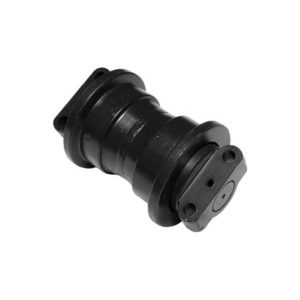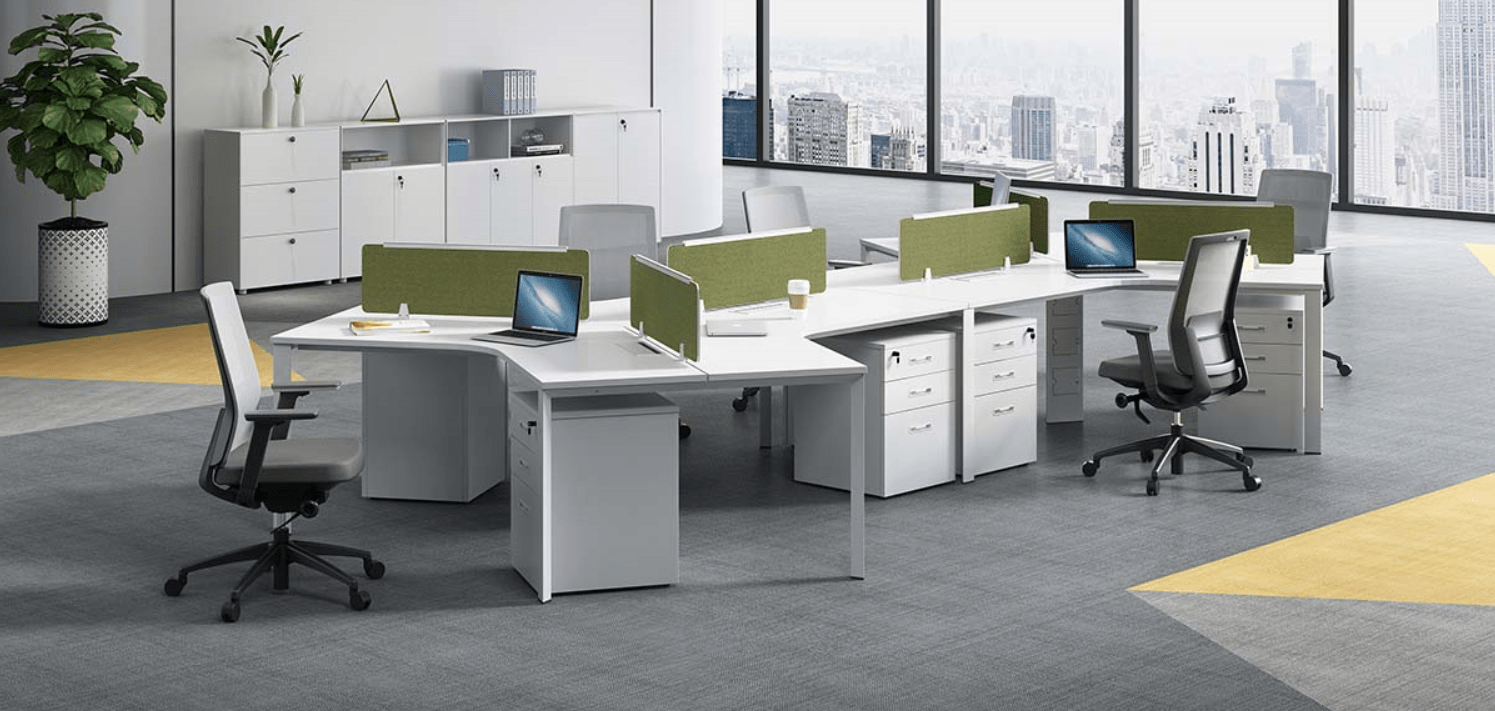Tracks and rollers significantly affect both fuel efficiency and overall machine productivity in heavy machinery. Here’s how:
Reduced Slippage: Tracks and rollers provide superior traction and grip compared to wheels on soft or uneven terrain. This reduces slippage, allowing the machine to maintain better control and transfer power efficiently. With reduced slippage, less fuel is wasted, resulting in improved fuel efficiency.
Enhanced Stability: The wide contact area of tracks and rollers distributes the machine’s weight more evenly, increasing stability. This stability minimizes unnecessary movements and vibrations, reducing energy loss and optimizing fuel consumption. The machine can operate with greater precision and efficiency, leading to improved productivity.
Improved Maneuverability: Tracks and rollers enable heavy machinery to navigate challenging terrains, such as mud, loose soil, or steep slopes. The enhanced maneuverability allows operators to work more efficiently without the need for excessive repositioning or extra effort. This saves time and increases productivity while minimizing fuel consumption.
Lower Ground Pressure: Tracks and rollers exert lower ground pressure compared to wheels. This characteristic is particularly beneficial when operating on sensitive surfaces, such as grass, pavement, or fragile landscapes. By minimizing ground damage, the machine can access restricted areas without causing unnecessary harm, thereby increasing productivity and reducing remediation costs.
Versatility and Adaptability: Tracks and rollers provide greater versatility, allowing heavy machinery to transition between different terrains and work environments. The ability to adapt to various conditions without requiring extensive modifications or additional equipment enhances overall productivity. Machines can seamlessly switch between tasks, optimizing fuel usage and reducing downtime.
Longevity and Durability: Tracks and rollers are designed to withstand rugged operating conditions and offer long service life. Their durability reduces the likelihood of breakdowns or maintenance issues, leading to fewer interruptions in work schedules. This increased uptime improves machine productivity and minimizes fuel wastage associated with idle time or repairs.
Load Carrying Capacity: Tracks and rollers have the capacity to support heavy loads efficiently. This allows machines to handle larger volumes of material or equipment, reducing the number of trips required and enhancing productivity. With fewer cycles, fuel consumption is reduced, positively impacting fuel efficiency.
By improving traction, stability, maneuverability, and load-carrying capacity, tracks and rollers contribute to both fuel efficiency and overall machine productivity. The combination of these factors enables heavy machinery to operate more efficiently, accomplish tasks faster, and maximize the utilization of available resources.
Can tracks and rollers be replaced or upgraded on existing machinery?
Yes, tracks and rollers can often be replaced or upgraded on existing machinery. Here’s some information on the topic:
Replacement: Over time, tracks and rollers may wear out or sustain damage due to heavy use or harsh operating conditions. track and roller When this happens, it is possible to replace them with new ones. Replacement tracks and rollers are typically designed to match the specifications and requirements of the specific machinery model. It is important to select tracks and rollers that are compatible with the machine’s weight, size, and operating environment.
Upgrades: In some cases, machinery owners may choose to upgrade their existing tracks and rollers to improve performance or adapt to changing needs. Upgrades can involve installing tracks and rollers with enhanced features such as improved traction, increased durability, or reduced noise levels. Upgrading tracks and rollers can help optimize machine performance, increase efficiency, and prolong the lifespan of the equipment.
Consultation and Expertise: When considering track and roller replacement or upgrades, it is advisable to consult with the manufacturer or a qualified equipment dealer. They can provide guidance on suitable replacement options or recommended upgrades based on the specific machinery model and usage requirements. They can also offer expertise on proper installation procedures to ensure compatibility and optimal performance.
Professional Installation: Depending on the complexity of the replacement or upgrade, it may be necessary to seek professional assistance for the installation process. Experienced technicians or service providers familiar with the machinery and its components can ensure proper installation, alignment, and adjustment of the new tracks and rollers. This helps avoid any potential issues and ensures optimal performance.
It’s important to note that the feasibility of replacing or upgrading tracks and rollers may vary depending on the specific machinery model and manufacturer. It is recommended to refer to the machinery’s user manual or consult with the manufacturer to understand the options available for track and roller replacement or upgrades for a particular machine.

